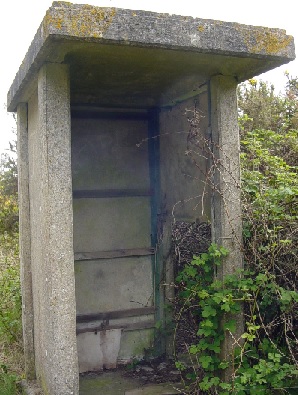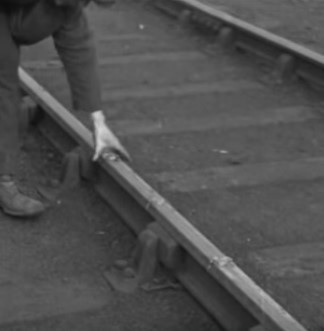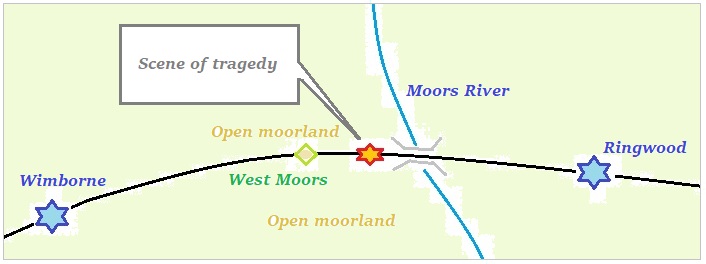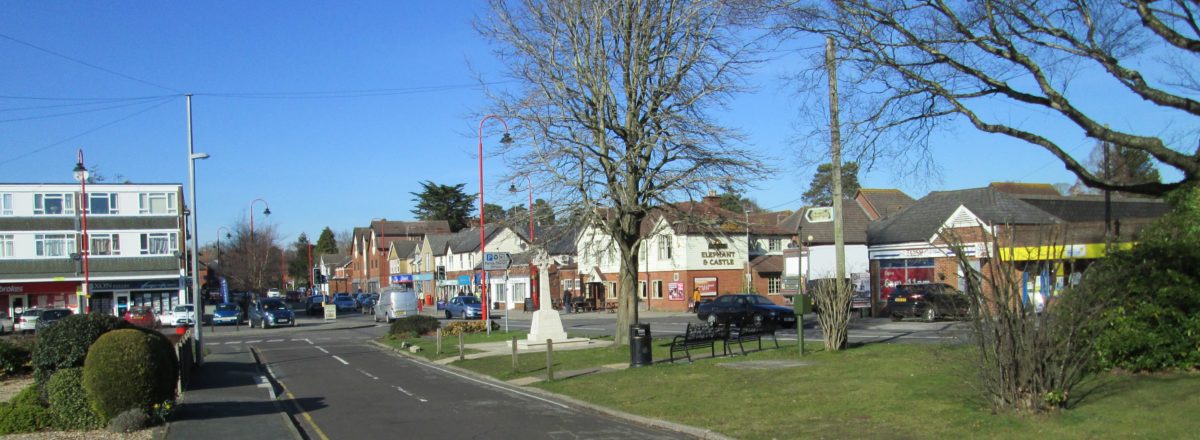Many car drivers have had the experience of driving along in a thin mist on a cold morning in winter or early spring when suddenly the vehicle in front disappears into a bank of thick fog! In seconds, the normal visual reference points have disappeared. You hope whoever is in front doesn’t panic!
Imagine you’re a railway engine-driver of half-a-century or more ago, hurtling along at 60 mph with 12 heavy coaches behind you and several hundred people aboard blissfully unaware of what’s ahead.
The signals won’t let you proceed into the next section without ensuring it’s clear: but … you can’t see the signals!
Nowadays, modern in-cab displays coupled to automated braking systems have consigned this nightmare to history. But as recently as the 1960s many locomotive engine-men had to contend with the threat of collision or derailment due to not being able to see protecting signals; so what was the answer?
From roughly the 1870s, the railway network was regulated by the then ubiquitous, but now near-obsolete, signal boxes. If the duty signalman could not see more than about 200 yards in fog (or falling snow), he would initiate the call-out of the ‘fogmen’. Not a special cadre of employees, but the local Permanent Way gang (usually four to a section) who, despite having already done a full day’s heavy work out on the line, would have to turn out with storm lamp, a ‘snap’ tin of sandwiches, and a bag of detonators; each man making a lonely, dark trek deep into the country to keep watch over the Distant signal protecting the section.

[ Example of a ‘Distant’ (or ‘warning’) semaphore signal; most ‘fogmen’ would have one of these to monitor – often well out in the country far from the parent station! ]
This was an isolated, often bone-chillingly cold vigil. If he was lucky, there would be a rudimentary shelter. Detonators were set if his signal were ‘on’ (i.e., in the warning position) only being removed if the signal was pulled ‘off’ (clear). In this way, footplate staff would have audible warning of the position of the signal and could take appropriate action.


But these unsung heroes were also at physical risk out on the line when doing the ‘day’ job. In March 1893, the West Moors track maintenance gang were walking to their work on a chilly, misty early morning: it can’t have been generally foggy or these same men would have been on ‘fogging’ duty.

Not long after dawn, they reached the remote section of track to be worked on, pausing only to allow the routine Wimborne to Ringwood train to pass on the ‘up’ line. Unfortunately, contrary to regulations, two of the men simply moved onto the adjacent ‘down’ track. All would have been well, but approaching from the Ringwood (opposite) direction, out of the rising sun through a fog-bank filling the Moors valley bottom, a non-scheduled ballast train loomed, the sound of its engine obscured by the recently passed passenger service. The two men were mown down. One was killed outright and the other, horribly mutilated, was put aboard the ballast train and rushed to the infirmary in Wimborne. His injuries were beyond the medical practices of the time and he too died.
But for the local fog at that particular spot, they would almost certainly have seen the train and avoided death. Today of course, the much-mocked ‘Health and Safety’ guards against such events: then, the Inquest was held just 24 hours after the event, burial swiftly thereafter, and two families were left to grieve their loss. The ‘Good Old Days’?

[ courtesy of Paula Bailey ]
